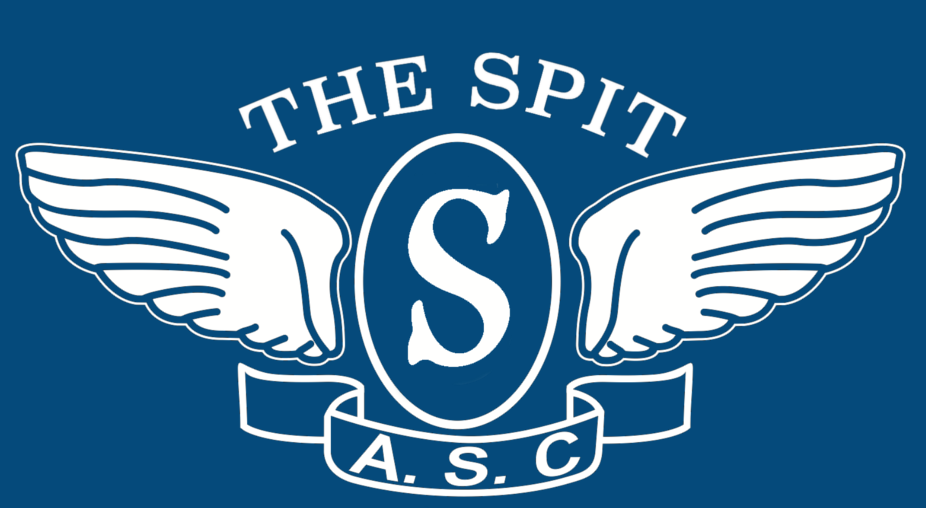As the Industrial Revolution took hold in the nineteenth century, several kinds of electronic equipment for business were now being patented. Contrary to the first of all mechanical calculators or desk typewriters, they were built with a specific purpose in mind. Adding machines, fax machines and dictation apparatus were all part of the mechanization of bright white collar do the job. Several, such as the telegraph and phone, helped malfunction the boundaries of time and distance among businesses and customers. Other folks, like the dictation machine and the typist’s keypunch, were accustomed to reduce labor costs in clerical positions.
While the functional mechanics of business devices were being perfected in the early twentieth century, computer research was taking place in academia. Harvard professor Howard Aiken, encouraged by Charles Babbage’s Deductive Engine, designed the initial digital device pertaining to calculation. His first edition, the Bench mark I, was huge and complex. It was a little while until between 3 and half a dozen seconds to add two statistics. But it was obviously a big step forward from the before mechanical products.
Vacuum pontoons (thermionic valves) made it feasible to construct electronic circuitry that could enhance and correct current move by manipulating the flow of individual electrons. This empowered the technology boom in the 1920s and brought this sort of valuable innovations simply because radio, adnger zone, television and long-distance telephony to market.
Another important development was the discovery that boolean algebra could be associated with logic, and this digital machines could be developed to perform rational operations. In contrast to most of his contemporaries, Zuse built his prototype computer in binary from the outset, and this individual spent a lot of time working out how you can connect that http://aroostookez.org to logic and mathematics.
